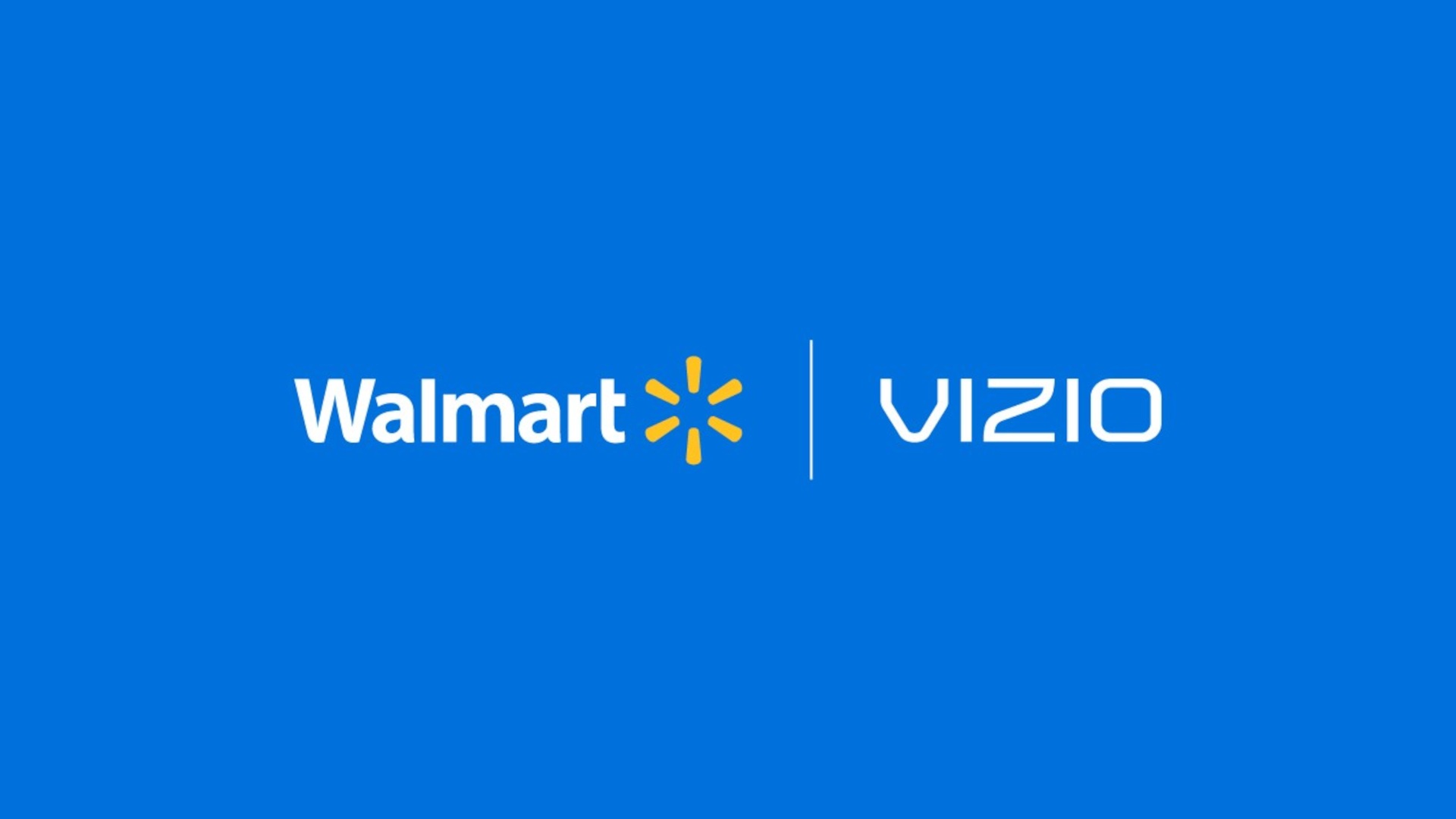The world’s largest retailer is taking over a display manufacturer. With Vizio, Walmart gains access to one of North America’s leading smart TV manufacturers with 18 million active users. An attractive customer base for programmatic connected TV advertising complementing Walmart’s in-store and online / mobile retail media business. The acquisition could also bring changes to existing service providers.
Walmart is an American retail icon with USD 611 billion in sales (2023) and more than 200 million weekly customer visits. The supermarket giant generates around USD 3 billion annually from retail media advertising sales – primarily online, in the app and in-store. In order to increase advertising revenue, Walmart is expanding into the connected TV market, which is growing strongly in contrast to linear TV.
18 million active customers
The Californian electronics manufacturer Vizio has grown into a leading US smart TV market player since its foundation in 2002. Vizio does not play in the same league as Samsung, LG & Co, but is nonetheless a strong market player in the US with a base of 18 million active Connected TV users. Particularly attractive to Walmart is Vizio’s proprietary Smart Cast operating system, which allows full control over users and advertising.
The acquisition of Vizio will cost Walmart USD 2.3 billion – giving the retailer access to its large customer base. Walmart will be able to reach out to customers in their living rooms and give advertisers greater advertising impact. The merger of Walmart and Vizio’s media businesses is expected to accelerate Walmart Connect’s media growth.
invidis commentary | Florian Rotberg and Stefan Schieker
The acquisition of a TV manufacturer by a supermarket chain is, at first glance, an unusual transaction. But from the perspective of a retail media provider – Walmart generates over USD 3 billion annually with advertising sales in-store and on its digital platforms – the transaction complements the existing media offering.
Diving into Vizio reports, the California-based display manufacturer made virtually no money from selling hardware last year, as TV displays are a chronically low-margin business. Vizio generates the majority of its gross profit through advertising sales, data-based services and licensing of the platform. A perfect example of how the electronics industry is changing from a hardware business to a service business. A trend that can be seen not only in the B2C industry but also in the B2B business like digital signage. It’s no coincidence that Samsung follows a similar service-focused business model with VXT.
Not entirely insignificant for the Walmart-Vizio deal is that Walmart is responible for every second Vizio TV that is sold. Why Walmart still paid a 50% premium on Vizio’s current market caps remains the supermarket giant’s secret.
From invidis’ perspective, Walmart is primarily aiming for the additional reach of 18 million active platform users in order to expand its retail media reach beyond the stores and digital channels. In addition, Walmart receives additional consumer data for marketing and attribution.
The elephant in the room from a digital signage perspective is the potential use of Vizio displays in Walmart stores to replace the professional digital signage displays currently in use. It remains to be seen which vendor will provide instore screens in the future – professional screen manufactures or the newly acquired Vizio subsidiary.

